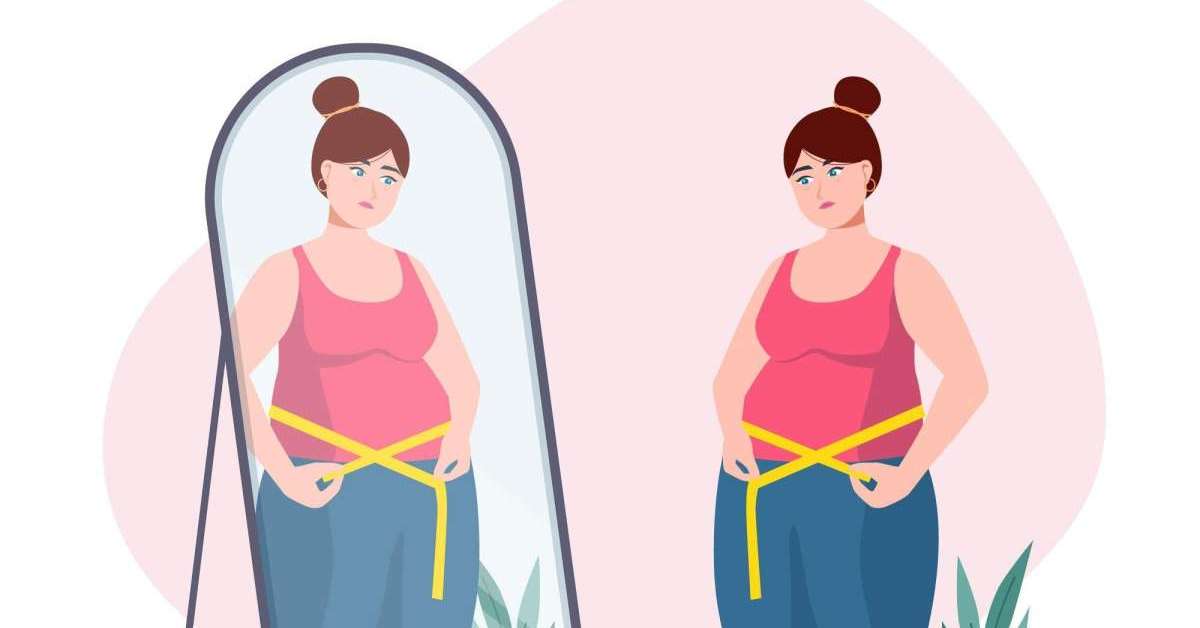
10 Fat-Burning Hacks: Simple and Science-Backed Strategies for Sustainable Weight Loss
Losing weight doesn’t have to involve extreme diets or intense workout regimens. Instead, with small, consistent changes and some evidence-backed strategies, you can enhance your body’s natural ability to burn fat. In this article, we’ll share 10 fat-burning hacks that are not only simple but proven to support weight loss in a healthy, sustainable way.
1. Prioritize Protein-Rich Meals
Why Protein is Important for Weight Loss
Protein plays a crucial role in weight management. Consuming protein-rich foods like lean meats, eggs, beans, and legumes helps you feel fuller for longer. This reduces the likelihood of overeating and snacking on unhealthy foods. Additionally, protein increases the thermic effect of food (TEF), meaning your body burns more calories to digest it compared to fats and carbohydrates.
How to Incorporate More Protein
To boost your protein intake, try including a source of protein in every meal. For example, opt for eggs or Greek yogurt at breakfast, chicken or tofu in your salad at lunch, and lean meat or legumes in your dinner. Protein shakes or smoothies can also be a convenient way to meet your daily protein needs.
2. Slow Walking: A Low-Intensity Fat-Burner
The Benefits of Slow Walking
While high-intensity workouts are often recommended for fat loss, low-intensity exercises, like walking, can be just as effective, especially for beginners or those with physical limitations. Studies have shown that slow walking can help burn fat, particularly from the abdominal area.
A study involving overweight postmenopausal women found that walking at a slower pace for longer durations helped participants burn more body fat. Walking is a low-impact exercise that also promotes heart health, making it an excellent option for those looking to lose weight gradually without straining their bodies.
How to Incorporate Walking into Your Routine
Aim for at least 150 minutes of moderate-intensity exercise per week, such as brisk walking. If you’re just starting out, begin with shorter walks and gradually increase your time and intensity. Walk after meals to aid digestion and reduce bloating. It’s also a great way to relieve stress!
3. Avoid Liquid Calories
Liquid Calories: A Hidden Source of Extra Calories
Many beverages, like sugary drinks, fruit juices, and alcohol, are packed with empty calories. These drinks may quench your thirst but provide little to no nutritional value. Consuming liquid calories regularly can quickly add up and sabotage your weight-loss efforts.
Research has shown that cutting out sugary drinks and alcohol is one of the most effective ways to reduce overall calorie intake. By replacing these beverages with water, herbal tea, or black coffee, you can significantly lower your calorie consumption without feeling deprived.
Tips to Cut Liquid Calories
-
Swap sugary sodas for sparkling water with a squeeze of lemon.
-
Choose unsweetened iced tea or black coffee over sugary lattes or flavored coffees.
-
Drink water with every meal to curb your appetite and support hydration.
4. Enhance Your Evening Meals
How Dinner Affects Fat Burning
What you eat at dinner can influence your body’s fat-burning ability, especially overnight. A good evening meal should include a balance of lean proteins, fiber, and healthy fats to keep you full through the night and regulate your hunger hormones. Nutrient-dense foods, such as fish, vegetables, and whole grains, are particularly beneficial for fat loss.
Sample Evening Meals for Fat Burning
-
Grilled salmon with quinoa and steamed vegetables
-
Stir-fried chicken with broccoli and brown rice
-
A large salad with leafy greens, avocado, and grilled shrimp or tofu
These meals not only promote fat burning but also support muscle recovery and encourage healthy digestion.
5. Try Cold Exposure Techniques
Cold Exposure: A Unique Fat-Burning Trick
It may sound surprising, but exposing your body to cold temperatures can help activate brown fat, a type of fat that burns calories to produce heat. This process, known as thermogenesis, can lead to increased calorie expenditure and potentially enhance fat loss over time.
Cold showers, ice baths, or even just sitting in a cool room for a few minutes can activate this fat-burning mechanism. While it’s not a quick fix, consistent cold exposure has the potential to support long-term weight loss.
How to Try Cold Exposure
Start by incorporating a cold shower into your routine. After your usual warm shower, try turning the water cold for 30 seconds to a minute. Over time, you can increase the duration to improve fat-burning results.
6. Practice Mindful Eating
The Power of Mindful Eating
Mindful eating involves paying attention to your food and eating habits without distractions. This practice encourages you to savor each bite, listen to your body’s hunger and fullness cues, and make healthier food choices. Mindful eating helps reduce overeating, which is a common barrier to weight loss.
Research has shown that mindful eating can significantly lower calorie intake, improve digestion, and prevent emotional eating.
Tips for Mindful Eating
-
Eat slowly and chew your food thoroughly.
-
Avoid distractions like watching TV or scrolling through your phone while eating.
-
Pay attention to how your body feels before, during, and after meals.
7. Stay Hydrated
How Water Supports Fat Loss
Drinking water is essential for overall health, but it also plays a significant role in fat burning. Staying hydrated supports your metabolism and aids in the breakdown of fat cells. Furthermore, drinking water before meals can promote a feeling of fullness, reducing the likelihood of overeating.
Studies have shown that drinking 16 ounces of water before meals can lead to weight loss, particularly when combined with a healthy diet and exercise routine.
Hydration Tips
-
Start your day with a glass of water to kickstart your metabolism.
-
Carry a water bottle throughout the day to remind yourself to stay hydrated.
-
Try infusing your water with herbs like mint or cucumber for added flavor.
8. Get Enough Sleep
Sleep and Weight Loss: The Connection
Getting enough sleep is a crucial but often overlooked factor in weight management. Poor sleep can lead to increased hunger hormones, such as ghrelin, which can drive overeating. Additionally, lack of sleep affects your body’s ability to burn fat efficiently.
Research has shown that individuals who sleep 8.5 hours per night burn more calories and experience fewer hunger cravings compared to those who sleep less.
Tips for Better Sleep
-
Establish a consistent bedtime routine.
-
Limit caffeine and alcohol in the evening.
-
Keep your bedroom cool, dark, and quiet to encourage restful sleep.
9. Limit Processed Foods
The Dangers of Processed Foods
Processed foods are often high in unhealthy fats, sugars, and refined carbohydrates. These foods not only provide little nutritional value but can also lead to weight gain, particularly around the abdomen. Reducing your intake of processed foods can help improve the quality of your diet and support fat loss.
How to Avoid Processed Foods
-
Choose whole, unprocessed foods like fruits, vegetables, lean proteins, and whole grains.
-
Avoid packaged snacks and opt for homemade alternatives.
-
Read labels carefully to avoid hidden sugars and unhealthy fats in packaged foods.
10. Set Realistic Goals
The Importance of Setting Achievable Goals
Setting realistic weight-loss goals is essential for long-term success. Aim for a gradual weight loss of 1 to 2 pounds per week, as this is a safe and sustainable rate. Setting smaller, achievable goals allows you to stay motivated and track your progress.
Tips for Setting Goals
-
Break down larger goals into smaller, manageable steps.
-
Celebrate your successes along the way to stay motivated.
-
Track your food intake and physical activity to stay on track.
Conclusion
Achieving sustainable fat loss doesn’t require drastic changes or fad diets. By incorporating these science-backed fat-burning hacks into your daily routine, you can support your body’s natural ability to burn fat and reach your weight loss goals in a healthy and sustainable way. Remember, consistency is key, and small, lasting changes will lead to long-term results.



